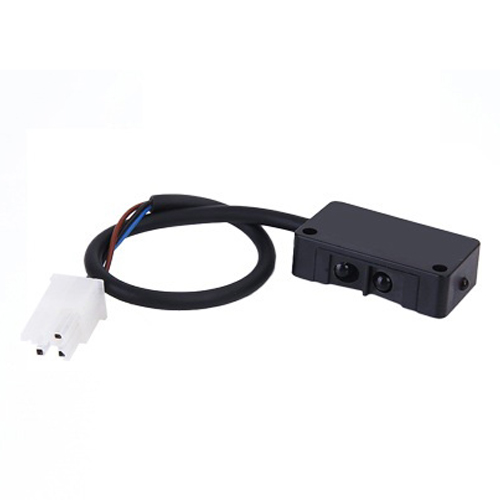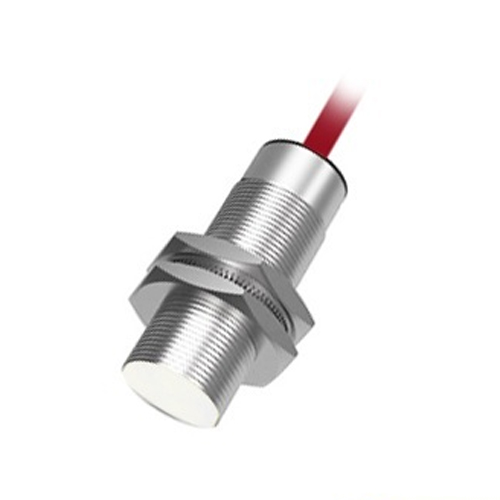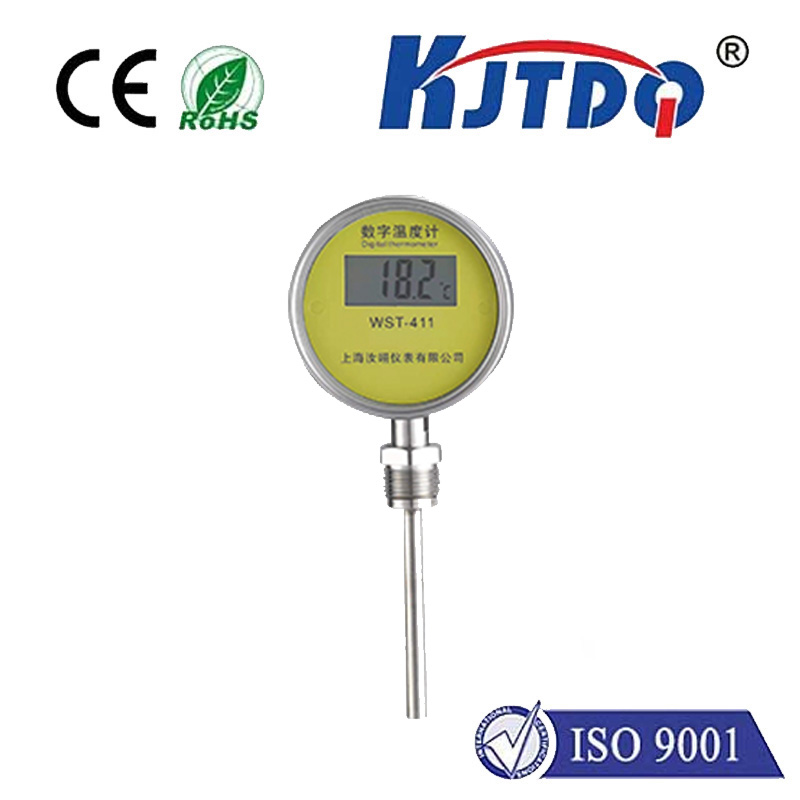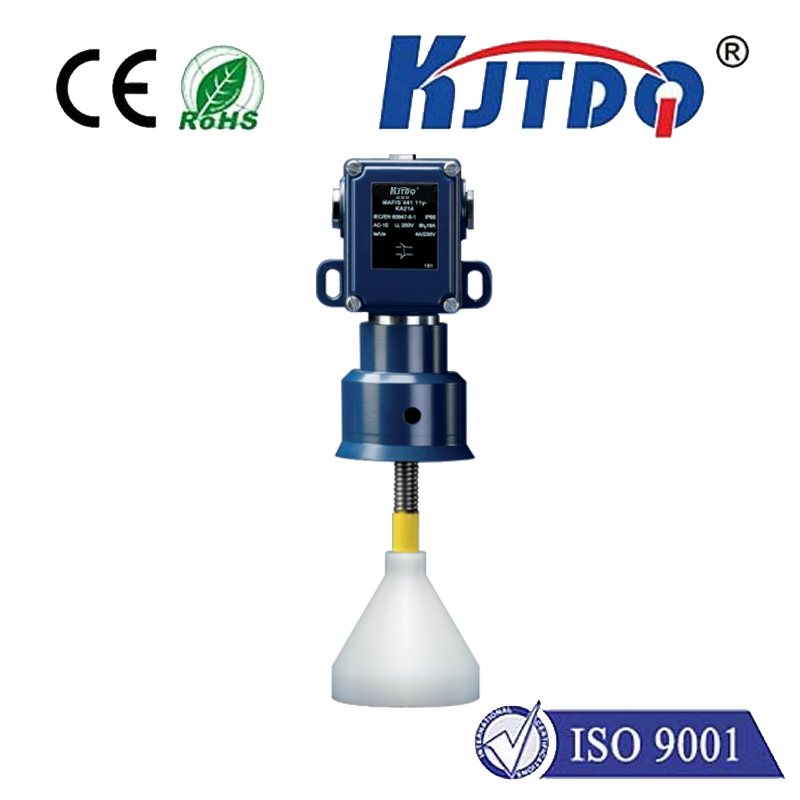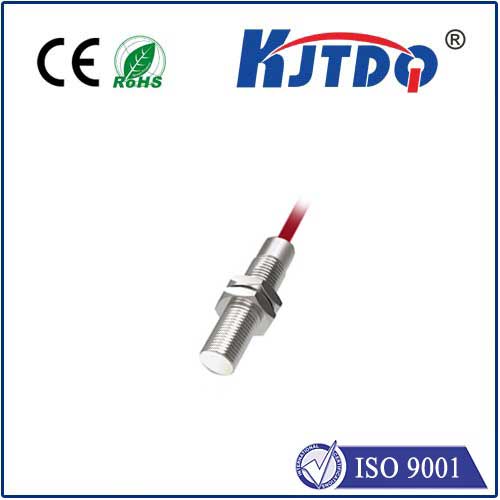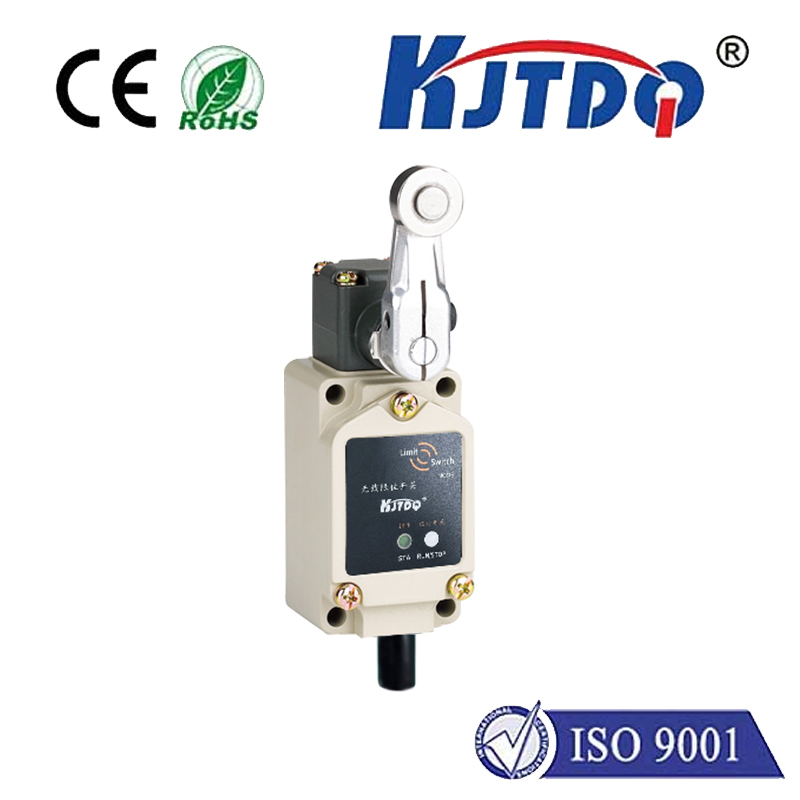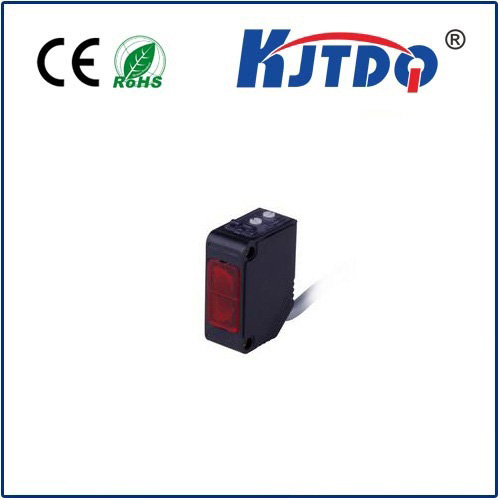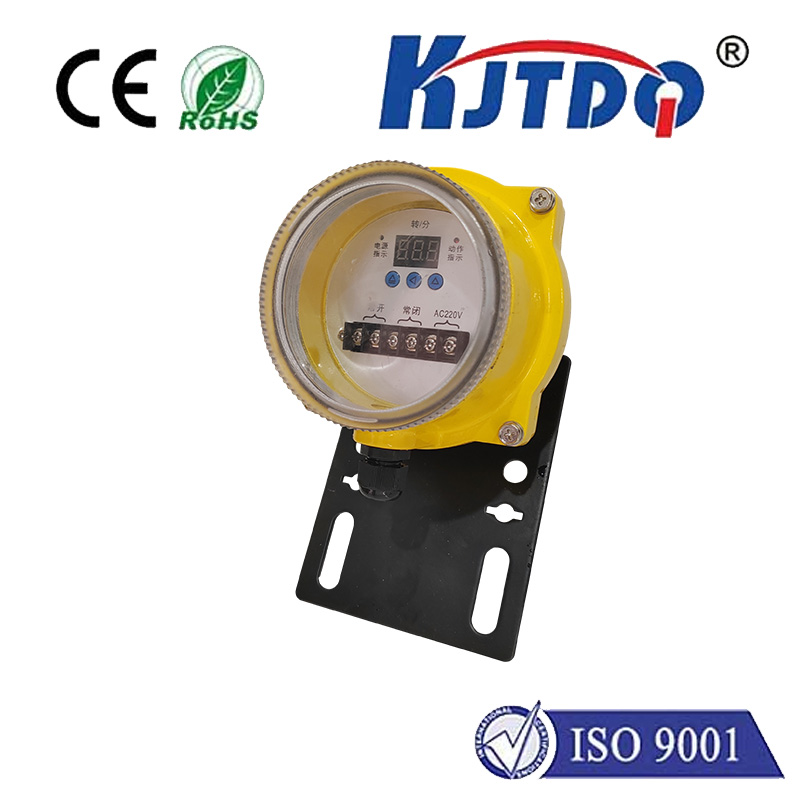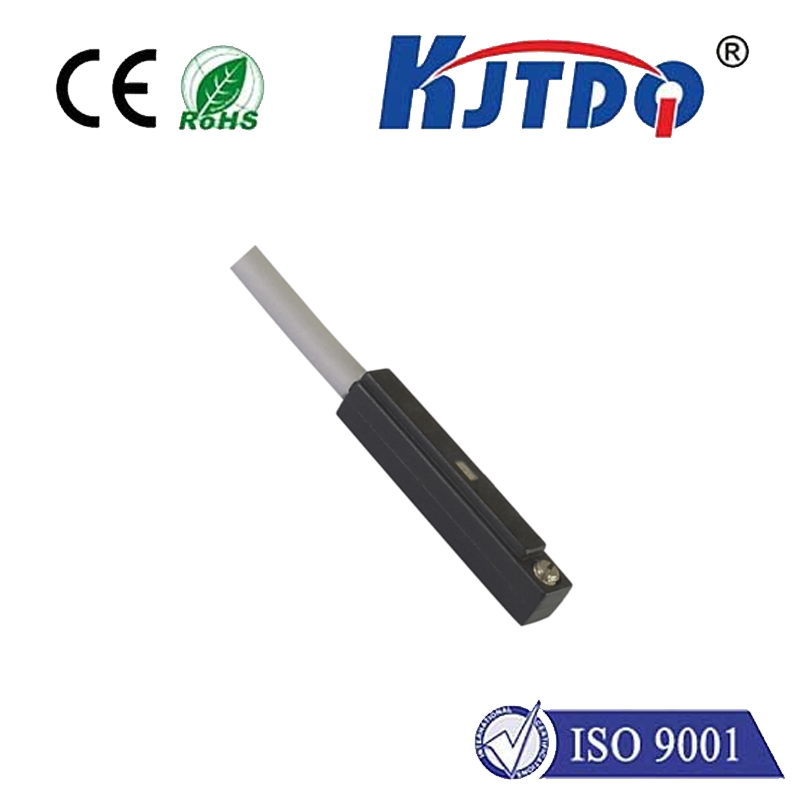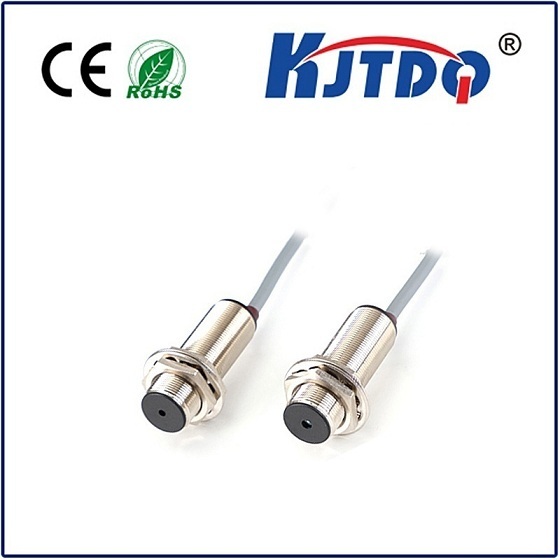

check

check

check

check
In the intricate dance of modern machinery, where rapid movements and precise positioning are paramount, unseen sentinels play a crucial role. Imagine a robotic arm flawlessly picking metal parts off a conveyor, or a packaging line counting cans without a single touch. This silent orchestration relies heavily on a fundamental technology: the inductive proximity sensor. Brands like P&F have honed this technology into highly reliable, durable components that form the bedrock of countless industrial processes. Understanding how these sensors work and their significance reveals why they are indispensable in demanding automation environments.
Understanding the Core: Eddy Current Sensing
At the heart of every P&F inductive proximity sensor lies a simple yet powerful electromagnetic principle. Unlike mechanical switches that require physical contact, these sensors operate entirely without physical contact. Here’s the science: The sensor contains a coil wound around a ferrite core, connected to an oscillator. When energized, this coil generates a high-frequency electromagnetic field that radiates from the sensor’s face.
When a conductive metal target (like steel, aluminum, brass, or copper) enters this active field, eddy currents are induced within the target material. These eddy currents create their own opposing magnetic field, which interacts with the sensor’s original field. This interaction causes a measurable change – typically a reduction in the amplitude of the oscillator’s energy or a shift in its frequency.
Sophisticated electronic circuitry within the P&F sensor constantly monitors this energy level. Once the change surpasses a predetermined threshold (indicating the target is sufficiently close), the sensor’s solid-state output switch is triggered. This output signal acts as a reliable digital switch, effectively announcing “Target detected!”.

Key Advantages Driving P&F Inductive Sensor Adoption
The non-contact nature of these sensors yields significant benefits that make them preferred solutions in automation:
Where P&F Inductive Sensors Shine: Diverse Applications
The unique strengths of P&F inductive proximity sensors make them ubiquitous across industries:
Selecting and Leveraging P&F Inductive Proximity Sensors
Choosing the right inductive proximity sensor involves several factors:
Proper installation is key for reliable inductive proximity sensor operation. Ensure the sensing face is unobstructed and positioned correctly relative to the target path. Avoid mounting multiple sensors too close together unless they are specifically designed for flush installation, as mutual interference can occur. Following P&F’s datasheet recommendations guarantees optimal performance.
Conclusion: The Silent Pillars of Efficiency
P&F inductive proximity sensors are far more than simple switches; they are fundamental components enabling the precision, speed, and reliability of modern automation. Their non-contact operation, rugged construction, and exceptional durability make them the ideal solution for detecting metal objects in the challenging conditions inherent to industry. From ensuring precise part positioning to preventing collisions and enabling high-speed counting, these unsung heroes work tirelessly behind the scenes. By understanding their principle and key selection criteria, engineers and technicians can leverage these powerful tools to build more robust, efficient, and productive automated systems. When reliability in metal detection is non-negotiable, the proven technology of P&F inductive proximity sensors stands ready.
